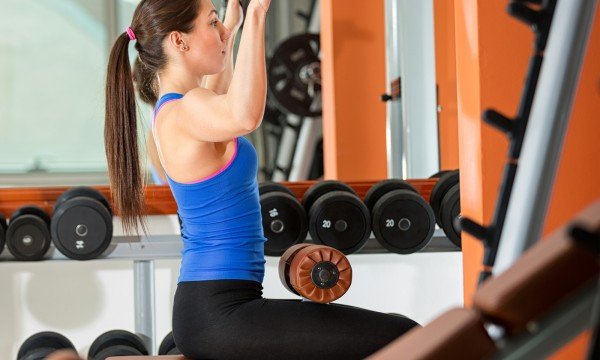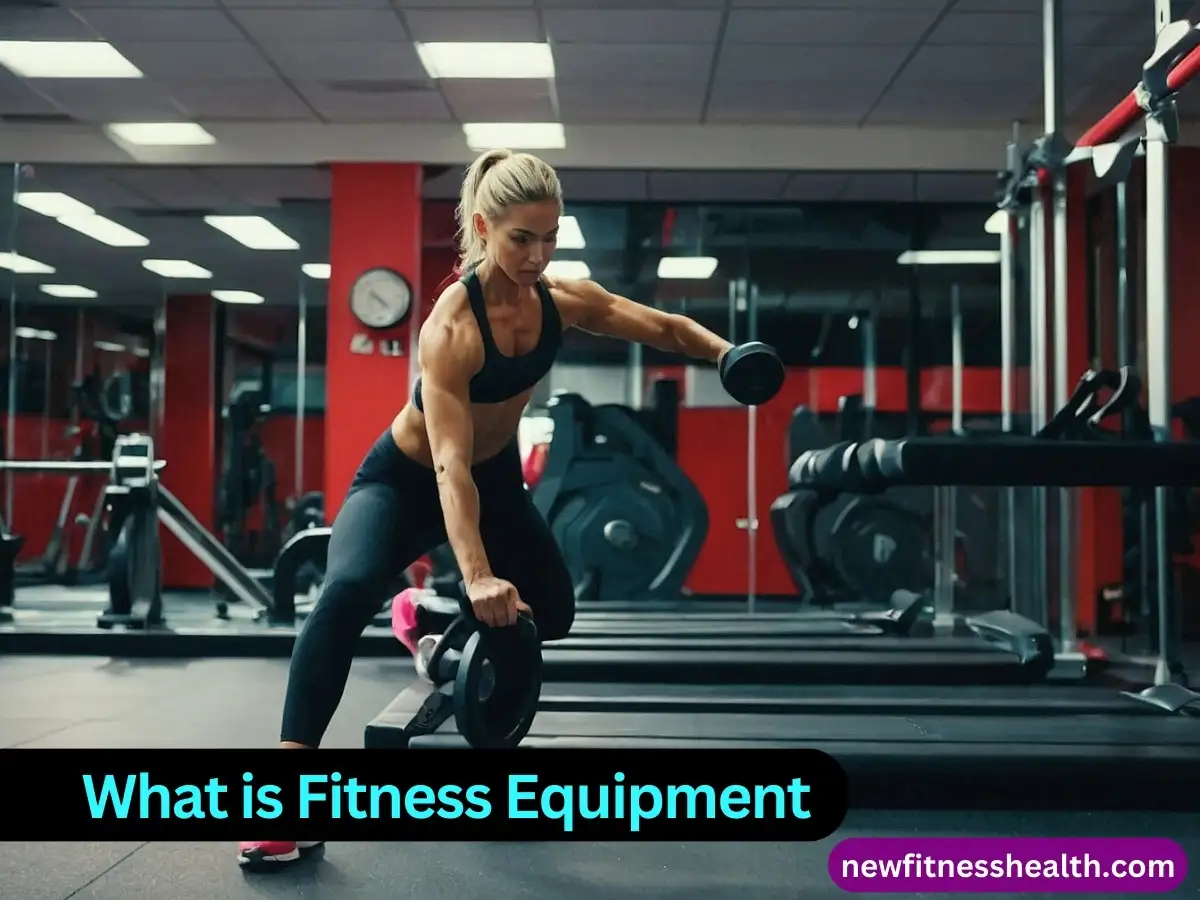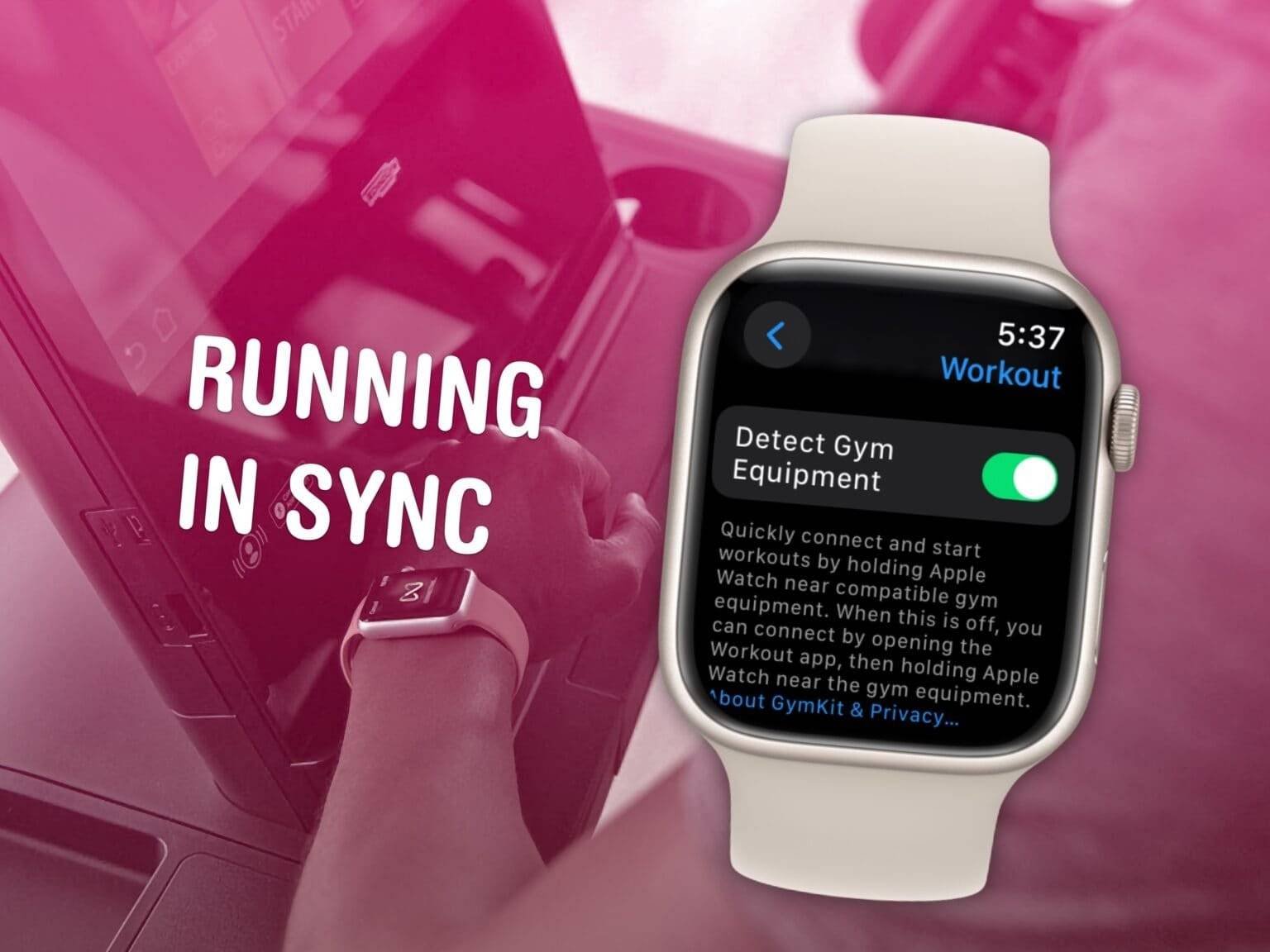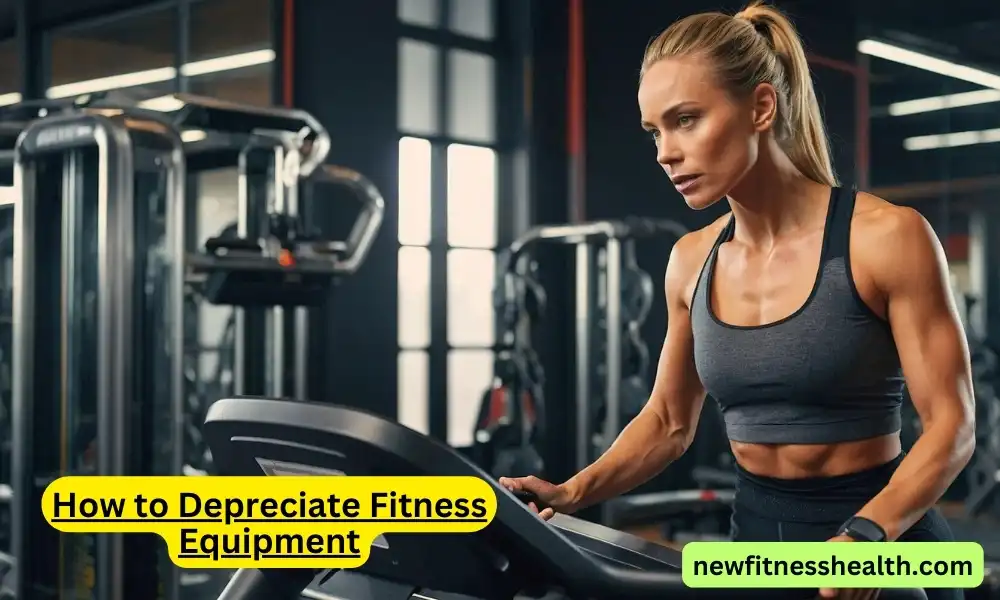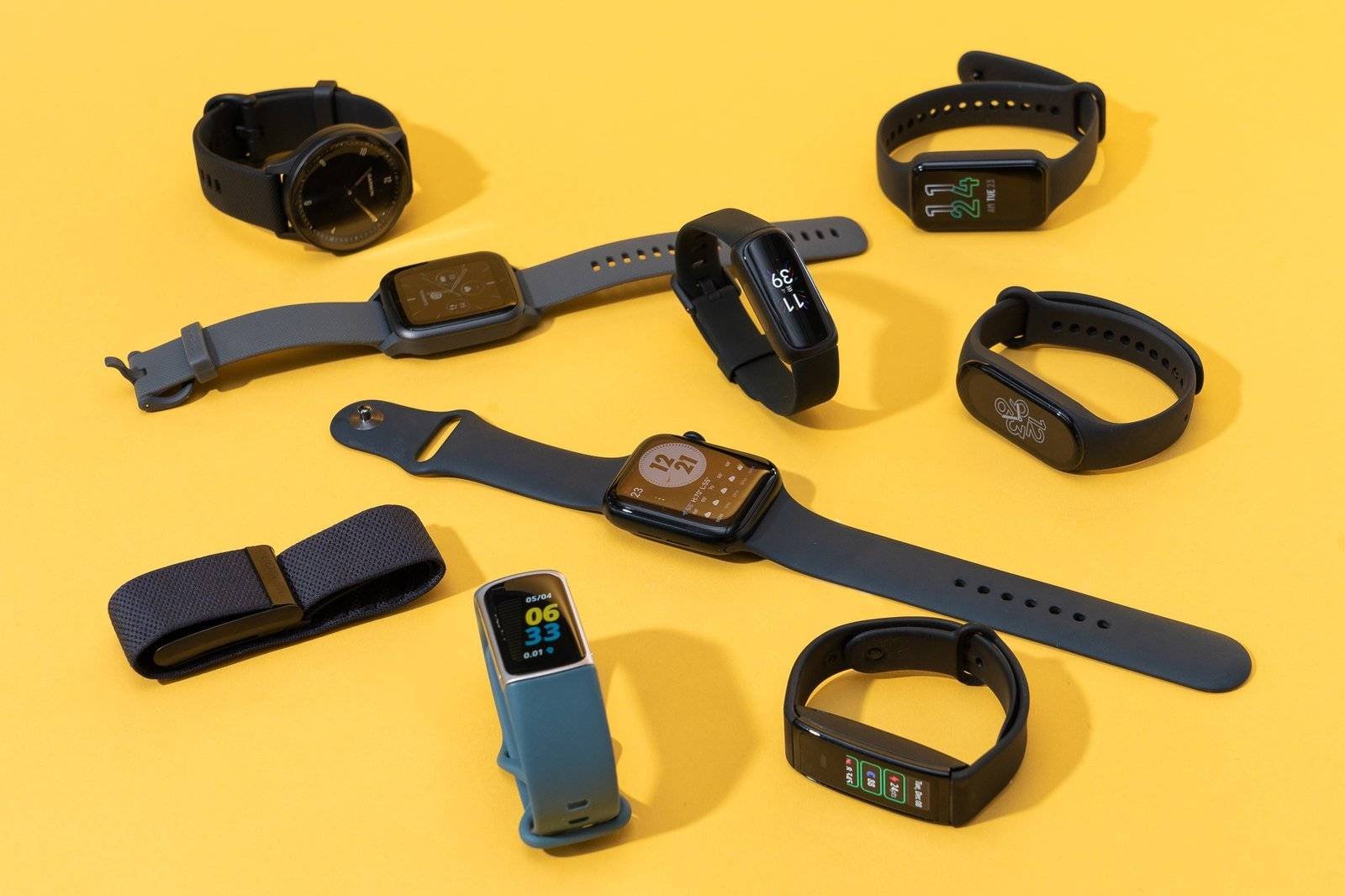Fitness equipment safety involves using machines and tools correctly to prevent injuries and ensure effective workouts. Following guidelines and maintaining equipment are essential.
Proper fitness equipment safety is crucial for a successful exercise routine. Misusing machines or neglecting maintenance can lead to serious injuries. Always read the instruction manual and understand how each piece of equipment works. Ensure that all safety features, like locks and guards, are in place before starting your workout.
Regularly inspect the equipment for any signs of wear and tear. Clean machines after use to maintain hygiene and functionality. Proper form and technique are vital when using weights or resistance equipment. Consulting with a fitness professional can provide valuable tips and personalized advice. Prioritize safety to enjoy a productive and injury-free fitness journey.
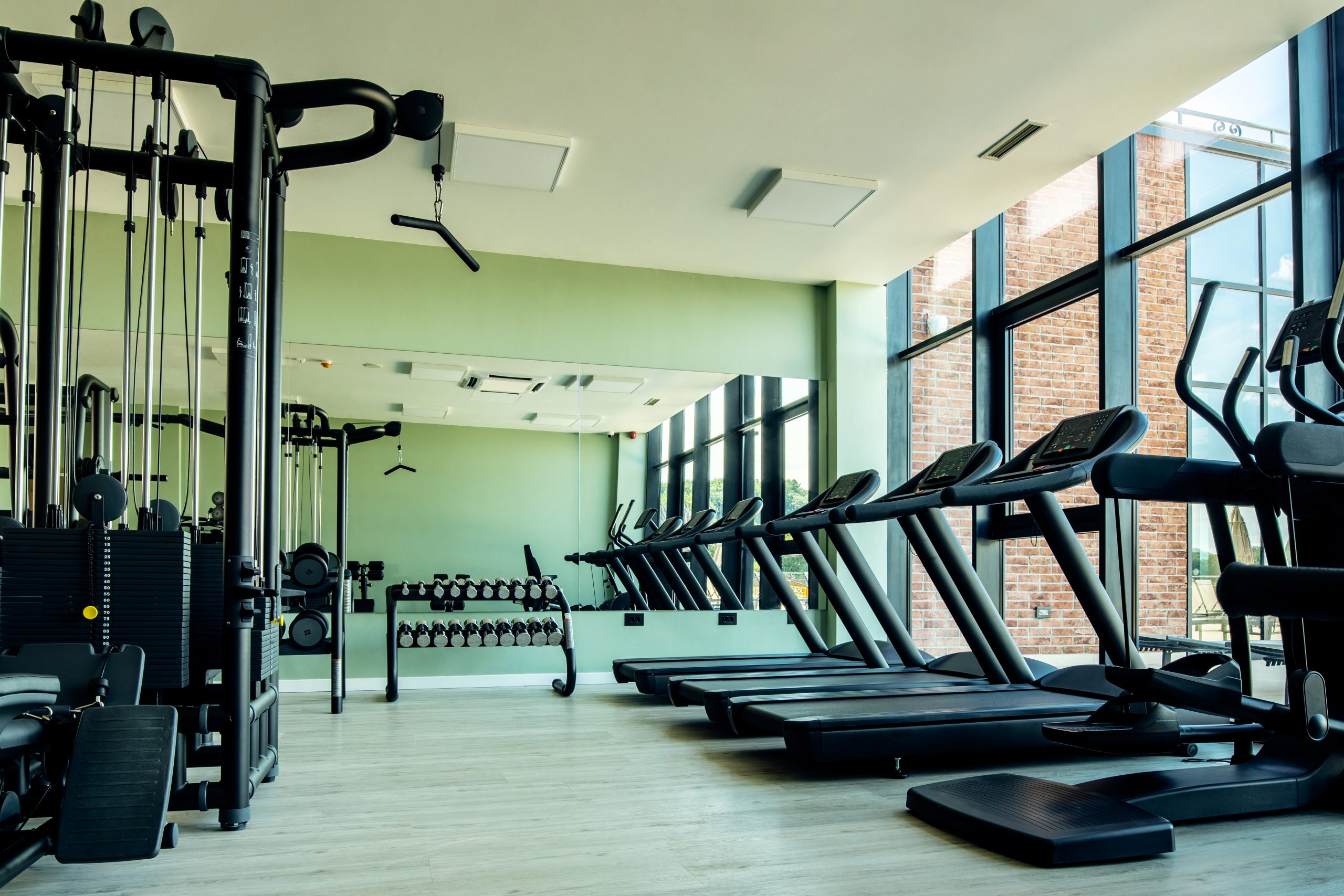
Credit: blogs.cdc.gov
Introduction To Fitness Equipment Safety
Fitness equipment safety is crucial for everyone. It ensures a safe workout. Using equipment properly prevents injuries. Safety measures protect users from accidents. Understanding safety can save lives.
Why It Matters
Fitness equipment safety is important for several reasons:
- Prevents Injuries: Proper use reduces the risk of harm.
- Ensures Longevity: Equipment lasts longer when used correctly.
- Enhances Performance: Safe use leads to better workouts.
- Builds Confidence: Users feel secure and exercise more effectively.
Common Risks Associated
Using fitness equipment without safety can lead to:
- Strains and Sprains: Improper form causes muscle injuries.
- Equipment Malfunctions: Faulty machines can break and hurt users.
- Slips and Falls: Wet floors or poor grip lead to accidents.
- Overexertion: Pushing too hard can cause serious health issues.
Here is a table summarizing common risks and prevention tips:
| Risk | Prevention Tips |
|---|---|
| Strains and Sprains | Warm up properly and use correct form. |
| Equipment Malfunctions | Inspect machines before use. |
| Slips and Falls | Keep the workout area dry and clean. |
| Overexertion | Know your limits and rest when needed. |
Types Of Fitness Equipment
Understanding the different types of fitness equipment is essential. Knowing their purpose ensures you use them safely. There are three main categories: cardio machines, strength training devices, and flexibility tools.
Cardio Machines
Cardio machines help you improve your heart health. They also burn calories and boost stamina. Popular options include:
- Treadmills: Great for walking, jogging, and running indoors.
- Ellipticals: Provide a low-impact workout, perfect for joints.
- Stationary Bikes: Excellent for a vigorous leg workout.
- Rowing Machines: Work out your entire body with rowing motions.
Strength Training Devices
Strength training devices help build muscle and increase strength. They include free weights and machines. Some common strength training devices are:
- Free Weights: Dumbbells and barbells for versatile workouts.
- Weight Machines: Target specific muscles safely.
- Resistance Bands: Offer portable and effective strength training.
- Kettlebells: Combine cardio and strength training in one tool.
Flexibility Tools
Flexibility tools enhance your range of motion. They help prevent injuries and improve performance. Common flexibility tools include:
- Yoga Mats: Provide comfort and grip for stretching exercises.
- Foam Rollers: Help release muscle tension and improve flexibility.
- Stretch Straps: Assist in deep stretching routines.
- Balance Balls: Enhance core strength and stability.
Potential Hazards
Fitness equipment safety is crucial to ensure a safe workout environment. Understanding potential hazards can help prevent injuries. Below we explore common risks associated with fitness equipment.
Mechanical Failures
Mechanical failures can pose serious risks. Equipment parts may break unexpectedly. This can cause accidents or injuries. Regular maintenance is essential to prevent these issues. Always inspect the equipment for any loose parts or unusual sounds. Check the manufacturer’s guidelines for maintenance schedules.
Improper Use
Improper use of fitness equipment is another major hazard. People might not know how to use the machines correctly. This can lead to strained muscles or even broken bones. Always read the user manual before using new equipment. Consider taking a lesson or watching tutorials online. Proper usage ensures both safety and effectiveness.
Wear And Tear
Wear and tear are inevitable over time. Regular use can cause parts to weaken or break. Inspect equipment regularly for any signs of wear. Replace worn-out parts immediately to prevent accidents. Keeping a maintenance log can help track the condition of each piece of equipment.
| Hazard | Prevention Tips |
|---|---|
| Mechanical Failures | Regular inspections and maintenance |
| Improper Use | Read manuals and get proper training |
| Wear and Tear | Replace worn parts promptly |

Credit: www.cedars-sinai.org
Pre-use Safety Checks
Fitness equipment safety is very important. Before using any equipment, perform pre-use safety checks. These checks can prevent injuries and equipment damage. Always ensure your gym gear is safe and ready.
Inspection Protocols
Inspection protocols are steps to check your fitness equipment. Follow these simple steps to make sure your gear is safe:
- Visual Check: Look for any visible damage.
- Loose Parts: Make sure all bolts and screws are tight.
- Cleanliness: Ensure the equipment is clean and dry.
- Functionality: Test the equipment to ensure it works properly.
Equipment Maintenance
Regular maintenance keeps fitness equipment in top shape. Proper care extends the life of your equipment. Here are some maintenance tips:
- Lubricate Moving Parts: Lubrication reduces wear and tear.
- Check Electrical Components: Ensure all wires and plugs are intact.
- Replace Worn Out Parts: Replace any damaged or worn parts promptly.
- Follow Manufacturer Guidelines: Always follow the manufacturer’s maintenance instructions.
| Maintenance Task | Frequency |
|---|---|
| Lubricate Moving Parts | Monthly |
| Check Electrical Components | Weekly |
| Replace Worn Out Parts | As Needed |
| Follow Manufacturer Guidelines | Always |
Correct Operation Of Equipment
Using fitness equipment safely is very important. It helps you avoid injuries and get the best results from your workouts. Understanding how to operate equipment correctly is the first step. This includes reading user manuals, seeking professional guidance, and adjusting the equipment for safe use. Follow these steps to ensure you are using your fitness equipment safely and effectively.
User Manuals
Always read the user manuals that come with your fitness equipment. These manuals provide important instructions on how to use the equipment. They often include diagrams and safety warnings that are essential to follow. User manuals can also offer tips for maintenance and troubleshooting.
Here are some key points to look for in user manuals:
- Setup instructions
- Proper use guidelines
- Safety warnings
- Maintenance tips
Professional Guidance
Seeking professional guidance can make a big difference in your fitness journey. Personal trainers and gym staff can show you how to use the equipment correctly. They can also provide personalized tips based on your fitness level and goals.
Benefits of professional guidance include:
- Correct form and technique
- Customized workout plans
- Reduced risk of injury
Adjustments For Safe Use
Making the right adjustments for safe use is essential. Each piece of equipment may need specific adjustments to fit your body. This can include changing seat height, handlebar positions, and resistance levels. Proper adjustments help you maintain good posture and avoid strain.
Here are some common adjustments to consider:
| Equipment | Adjustment |
|---|---|
| Stationary Bike | Seat height and handlebar position |
| Treadmill | Speed and incline levels |
| Weight Machine | Seat height and weight settings |
Remember to always check the equipment before use. Ensure it is in good condition and all parts are secure.
Post-use Equipment Care
Taking care of fitness equipment after use is essential for safety and longevity. Proper cleaning and storage ensure the equipment remains in good condition and safe for the next user.
Cleaning Procedures
Cleaning your fitness equipment after each use is crucial. Sweat and germs can accumulate and lead to wear and tear.
- Use a disinfectant spray or wipes to clean surfaces.
- Wipe down handles, seats, and touch screens.
- Avoid using harsh chemicals that can damage materials.
- Allow the equipment to dry completely before storing it.
Storage Tips
Proper storage of fitness equipment prevents damage and keeps your space organized.
- Store weights on racks to avoid tripping hazards.
- Keep resistance bands in a cool, dry place to prevent snapping.
- Fold or collapse large equipment if possible to save space.
- Ensure all equipment is easily accessible for future use.
Emergency Procedures
Fitness equipment safety is vital for a safe workout environment. Emergency procedures help manage unexpected incidents. Knowing these procedures can prevent serious injuries. It’s crucial to stay prepared.
First Aid Basics
First aid is the initial care given during a medical emergency. Knowing these basics helps before professional help arrives.
- Check for responsiveness: Gently tap and ask, “Are you okay?”
- Call for help: Dial emergency services if needed.
- Control bleeding: Apply pressure to wounds with a clean cloth.
- Perform CPR: If trained, start CPR if the person is unresponsive.
When To Seek Help
Knowing when to seek professional help is crucial. Some situations require immediate attention.
| Situation | Action |
|---|---|
| Severe bleeding | Call emergency services immediately. |
| Chest pain | Seek medical help without delay. |
| Unconsciousness | Contact emergency services right away. |
| Severe burns | Get professional help quickly. |
Promoting A Culture Of Safety
Creating a safe environment is essential in any gym or fitness center. Fitness equipment safety should be a top priority. This means everyone plays a role in maintaining a secure space. Let’s dive into how we can achieve this.
Education And Training
Education and training are the foundation of a safe environment. Gym staff must be well-trained in using all equipment. This includes understanding the correct usage and maintenance routines.
- Offer regular training sessions for new members.
- Provide detailed instruction manuals for all equipment.
- Ensure staff can demonstrate proper equipment use.
Members should also receive guidance. This can prevent misuse and accidents. Clear signage and instructional videos can be very helpful.
Reporting And Addressing Issues
Encouraging open communication is key. Members should feel comfortable reporting issues. This helps identify problems early.
| Issue | Action |
|---|---|
| Broken Equipment | Report to staff immediately. |
| Worn-out Parts | Schedule maintenance or replacement. |
Staff should regularly inspect equipment. This ensures that any issues are promptly addressed. A quick response can prevent accidents.
Creating a culture of safety involves everyone. From staff to members, everyone’s participation is crucial. By focusing on education and addressing issues, we can make the gym a safer place for all.
Legal And Ethical Considerations
Legal and ethical considerations in fitness equipment safety are crucial. They ensure user protection and maintain industry standards. This section will explore key aspects, including regulatory compliance and liability issues.
Regulatory Compliance
Fitness equipment must meet various regulatory standards. These standards ensure the safety and quality of the equipment. Compliance with these regulations is mandatory for all manufacturers.
- ISO Standards: International standards for safety and quality.
- ASTM International: Provides guidelines for testing and materials.
- CE Marking: Indicates conformity with health, safety, and environmental protection standards in Europe.
Adhering to these standards helps prevent accidents and injuries. Non-compliance can lead to severe penalties and legal issues.
Liability Issues
Liability is a major concern in the fitness industry. Manufacturers and gym owners must ensure their equipment is safe. They are responsible for any injuries caused by faulty equipment.
- Product Liability: Manufacturers can be held liable for defective equipment.
- Premises Liability: Gym owners must maintain safe environments for users.
- Negligence Claims: Arise from failure to provide proper equipment maintenance or warnings.
Regular inspections and maintenance reduce the risk of liability. Proper training for staff and users is also essential. Ensuring user safety is both a legal and ethical obligation.
| Regulatory Body | Role |
|---|---|
| ISO | Sets international safety and quality standards |
| ASTM International | Provides testing and material guidelines |
| CE Marking | Ensures conformity with European safety standards |
Innovations In Safety Technology
Fitness equipment safety has evolved significantly over the years. Today, innovations in safety technology are at the forefront. These advancements ensure users stay safe while exercising. From smart equipment features to wearable safety devices, fitness technology is smarter and safer than ever before.
Smart Equipment Features
Modern fitness equipment comes with several smart features. These features enhance user safety and improve workout efficiency.
- Automatic Stop Mechanisms: Treadmills and other machines stop automatically if you fall.
- Heart Rate Monitors: These monitors alert you if your heart rate is too high.
- Virtual Trainers: Virtual trainers guide you through safe workouts.
These smart features are designed to protect you. They ensure you use the equipment correctly and avoid injuries.
Wearable Safety Devices
Wearable safety devices are a game-changer in fitness safety. They provide real-time data and alerts to keep you safe.
- Smart Watches: Track your heart rate, steps, and calories burned.
- Fitness Bands: Monitor your physical activity and sleep patterns.
- Safety Alarms: These alarms notify others if you need help.
Wearable devices make it easier to track your fitness and stay safe. They offer valuable insights into your physical condition.
In the table below, see how these features compare:
| Feature | Description | Benefit |
|---|---|---|
| Automatic Stop Mechanisms | Stops equipment if you fall | Prevents injuries |
| Heart Rate Monitors | Tracks your heart rate | Alerts you if too high |
| Virtual Trainers | Guides you through workouts | Ensures correct usage |
| Smart Watches | Tracks various fitness metrics | Provides real-time data |
| Fitness Bands | Monitors activity and sleep | Offers health insights |
| Safety Alarms | Notifies others in emergencies | Quick help when needed |
Innovations in safety technology are crucial for fitness enthusiasts. They make workouts safer and more efficient.
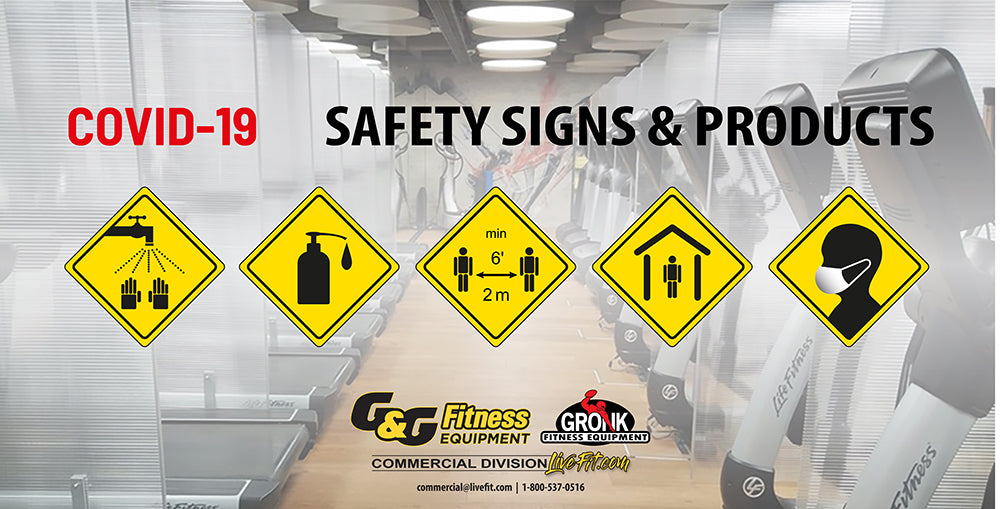
Credit: livefit.com
Frequently Asked Questions
Why Is Fitness Equipment Safety Important?
Fitness equipment safety helps prevent injuries and ensures a productive workout experience.
How To Check Gym Equipment Safety?
Always inspect for any damage and ensure all parts are securely fastened.
What Are Common Fitness Equipment Safety Tips?
Follow manufacturer guidelines, use equipment properly, and maintain regular inspections.
Can Improper Use Of Equipment Cause Injury?
Yes, improper use can lead to strains, sprains, and other serious injuries.
How Often Should Gym Equipment Be Inspected?
Inspect gym equipment before each use and perform thorough checks monthly.
Conclusion
Prioritizing fitness equipment safety ensures effective workouts and minimizes injury risks. Always inspect machines before use. Follow manufacturer guidelines and maintain regular equipment checks. Proper usage and routine maintenance lead to a safer gym environment. Stay vigilant and make safety a key component of your fitness journey.

